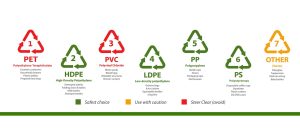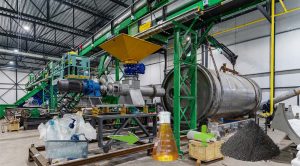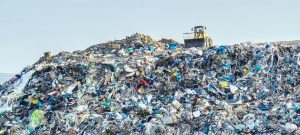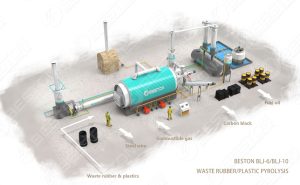In the quest for sustainable energy solutions, the intersection of environmental stewardship and technological innovation has given rise to a promising frontier: the conversion of waste plastic into fuel oil. This post embarks on a comprehensive journey into the eco-friendly energy landscape, exploring the transformative potential, technological processes, environmental benefits, and future prospects of harnessing fuel oil from discarded plastic by plastic pyrolysis machine.
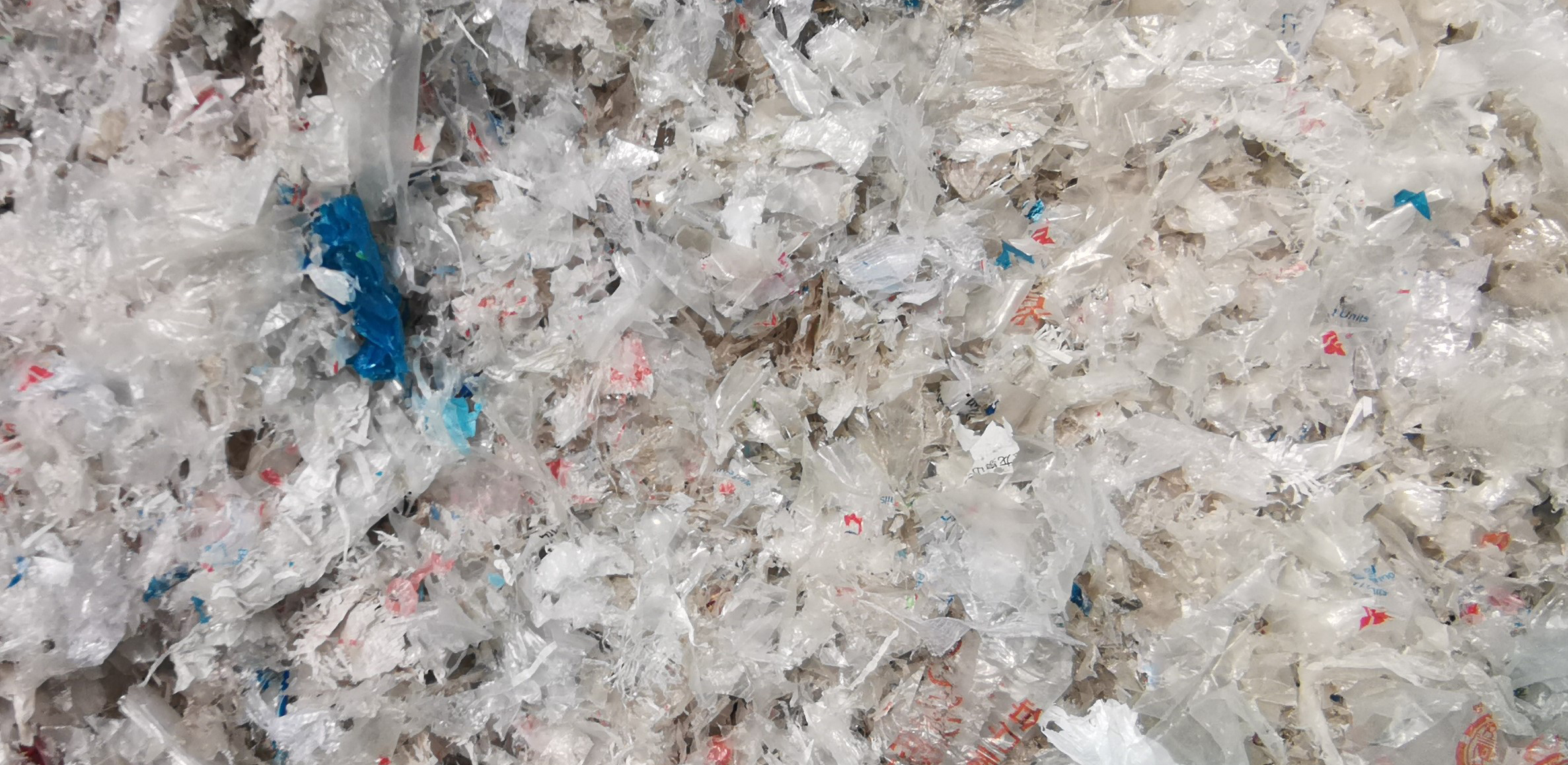
The Urgency of Plastic Waste Management:
Global Plastic Menace:
The exponential rise in plastic consumption has led to a global waste crisis, with landfills overflowing and oceans bearing the burden of plastic pollution. Addressing this challenge is not just a necessity but a moral imperative for the health of our planet.
Environmental Impacts of Plastic Disposal:
Conventional methods of plastic disposal, such as landfilling and incineration, contribute to environmental degradation, releasing harmful pollutants and exacerbating the carbon footprint. The need for sustainable alternatives is evident.
The Promise of Turning Waste Plastic into Fuel Oil:
Pyrolysis Unveiled:
At the forefront of the waste-to-fuel revolution is waste plastic to fuel conversion plant, a thermochemical process that converts plastic into fuel oil in the absence of oxygen. This method not only addresses the issue of plastic waste but also provides a renewable source of energy.
Versatility in Feedstock:
Pyrolysis exhibits remarkable versatility, allowing for the utilization of various types of waste plastics, including single-use plastics, packaging materials, and even mixed plastic waste. This adaptability makes it a compelling solution for diverse plastic streams.
Technological Processes in Waste Plastic to Fuel Oil Conversion:
Preparation and Sorting:
Before entering the pyrolysis chamber, waste plastic needs to undergo sorting and preparation. Removal of contaminants and separation into different plastic types enhance the efficiency of the pyrolysis process.
Pyrolysis Reactors:
The heart of the operation lies in the pyrolysis reactors. These high-temperature chambers initiate the thermal decomposition of plastic, breaking down complex polymers into simpler hydrocarbons, which then condense into fuel oil.
Fractional Distillation:
The resulting pyrolysis oil is subjected to fractional distillation to separate it into various fractions based on boiling points. This process refines the oil into valuable products such as diesel, gasoline, and other hydrocarbons.
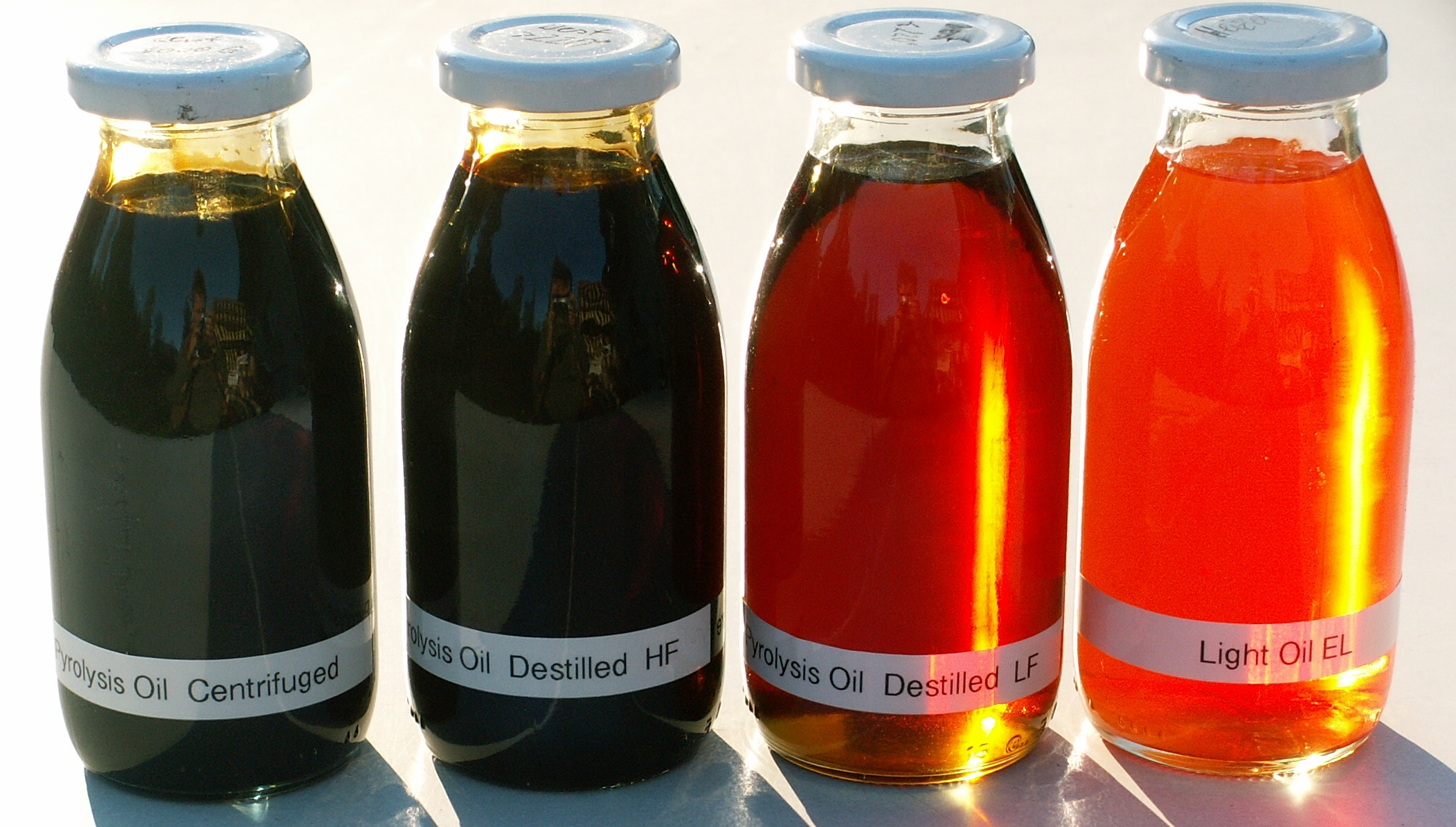
Environmental Benefits of Waste Plastic to Fuel Oil Conversion:
Reducing Plastic Pollution:
By diverting plastic waste from landfills and oceans, the conversion to fuel oil mitigates the environmental impact of plastic pollution. This dual-purpose approach not only addresses waste management issues but also curtails the release of harmful plastics into ecosystems.
Energy Recovery and Independence:
The production of fuel oil from waste plastic contributes to energy recovery and independence. By tapping into this unconventional energy source, we reduce reliance on traditional fossil fuels and promote a more sustainable energy mix.
Lowering Greenhouse Gas Emissions:
Compared to traditional plastic disposal methods, the pyrolysis process yields lower greenhouse gas emissions. This is a crucial step toward meeting climate goals and mitigating the environmental impact of plastic waste.
Challenges and Solutions:
Technological Optimization:
Continuous research and development are necessary to optimize pyrolysis technology, enhance efficiency, and maximize the yield of high-quality fuel oil. Innovations in reactor design and process control contribute to overcoming existing challenges.
Economic Viability:
The economic viability of waste plastic to fuel oil conversion is influenced by factors such as initial investment costs and market demand for the produced fuel. Economies of scale and advancements in technology are key drivers in making the process economically competitive.
Case Studies in Waste Plastic to Fuel Oil Initiatives:
Plastic Energy’s Pyrolysis Plant
Plastic Energy, a company based in Spain, has pioneered the development of a waste plastic to oil machine that converts end-of-life plastics into fuel oil. Their innovative approach exemplifies the potential for large-scale waste-to-fuel conversion.
Waste Plastic to Fuel Project
Initiatives in Ghana have explored the feasibility of small-scale pyrolysis plants to address plastic waste challenges while providing a local source of fuel. This approach demonstrates the adaptability of the technology to varying contexts.
The Future of the Eco-Friendly Energy Frontier:
Advancements in Pyrolysis Technology:
The future holds promise for advancements in pyrolysis technology, including the development of more efficient reactors, improved catalysts, and enhanced control systems. These innovations will contribute to making the process more sustainable and economically viable.
Global Adoption and Regulation:
As awareness grows and environmental concerns escalate, there is potential for increased global adoption of waste plastic to fuel oil conversion. Governments and regulatory bodies play a crucial role in fostering a supportive framework for the integration of these technologies.
Conclusion:
The frontier of converting waste plastic into fuel oil is a beacon of hope in the fight against plastic pollution and the quest for sustainable energy sources. Pyrolysis technology stands at the forefront, offering a transformative solution that not only mitigates the environmental impact of plastic waste but also provides a valuable source of energy. As we navigate this eco-friendly energy frontier, the collaborative efforts of innovators, policymakers, and communities will be essential in shaping a future where waste plastic becomes a resource for fueling sustainability and environmental resilience.
